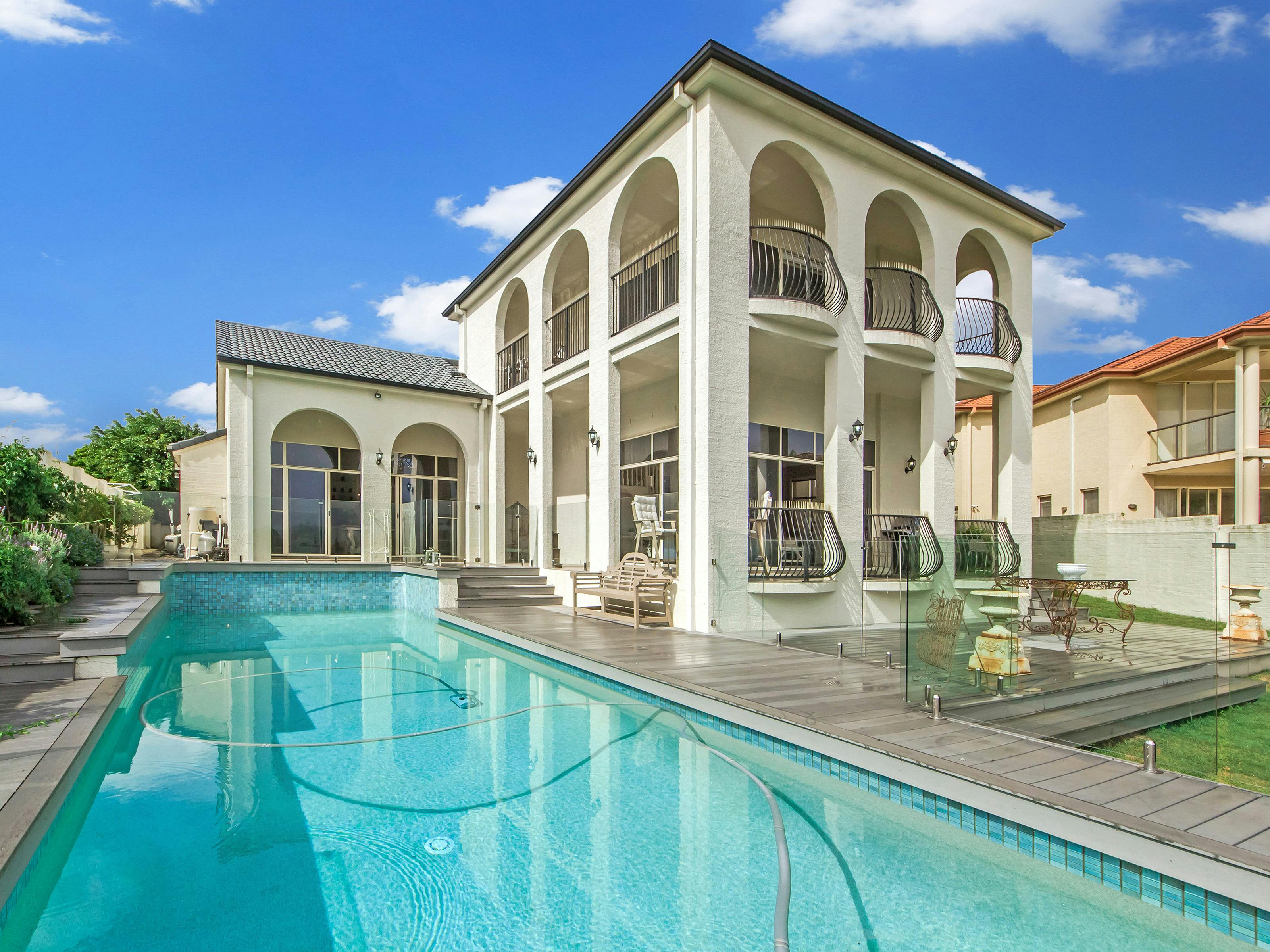
Dublin: 10 things you must see
Continuing from my first article on the 10 things you must see while visiting Dublin, I am going to cover the second half of the 10 things you must see. Included in this list are St Stephen’s Green, Dublin Castle, the General Post Office, Kilmainham Gaol and No 29 Lower Fitzwilliam Street.
Stephen’s Green
Situated on the south side of the Liffey and at the top of Grafton Street, St Stephen’s Green is a rectangular park (550m x 450m) that provides welcome relief from the hustle and bustle of city life. Before 1663 the park was common land, but in 1664 the park area was closed and the land around the park was sold for development. During the 18th century the area that is today St Stephen’s Green was used for public hangings.
Today the park’s features include an arched entrance from Grafton Street. This arch is known as the Fusilier’s Arch and is named after the riflemen who lost their lives during the Second Boer War. The park also has a pond and several gardens.
Dublin’s castle
Dublin Castle was the home of British rule in Ireland for 800 years, a rule that ended in 1922. Much of the current building dates from the 18th century, although a castle has stood on this site since the 12th century. Famously, Michael Collins infiltrated the castle during British rule simply by walking through the front door.
Today the castle is mainly used in a political context and has been used many times for the inauguration of the new presidents of Ireland. The castle is also used for political engagements and was used extensively during the Irish presidency of the EU.
General Post Office (GPO)
The GPO, as the Irish call it, is the centerpiece of O’Connell Street. Built in 1814, the building today serves as the headquarters for An Post, the Irish postal service. The GPO was cemented in Irish history during the Easter Rising of 1916 when it was occupied by Irish rebels and the Proclamation of Independence was read to the Irish people.
If you look closely when you visit O’Connell Street you can still see many bullet holes in the walls and statues dating from this conflict.
Kilmainham Gaol
Kilmainham Gaol was built in 1796 and has played an integral part in Irish history and in the fight against British rule in Ireland ever since. Many of the rebels who rose against British rule in Ireland ended up here, including the rebels of the United Irishmen Rebellion of 1796, Emmet’s Rebellion of 1803, the Young Ireland Rebellion of 1848, the Fenian Rebellion of 1867 and the Easter Rising of 1916. .
It was after the Easter Rising of 1916 that the jail played its biggest role in Irish history when some of the rebels were executed by the British Army. Reaction to the rebellion in Ireland up to this point had been mixed, but the execution of the Irish caused a stir and in the end proved to be a major catalyst in bringing about the end of British rule in Ireland.
The jail has been fully restored and visitors can visit the cells that were previously used to hold rebels and stand where they were held while they were executed. Marks can still be seen on the walls dating from this time. Truly an extraordinary experience.
29 Lower Fitzwilliam Street
No 29 Lower Fitzwilliam Street is a fully restored Georgian house located in the middle of Georgian Dublin, just off Merion Square. The house is managed and operated by the ESB.